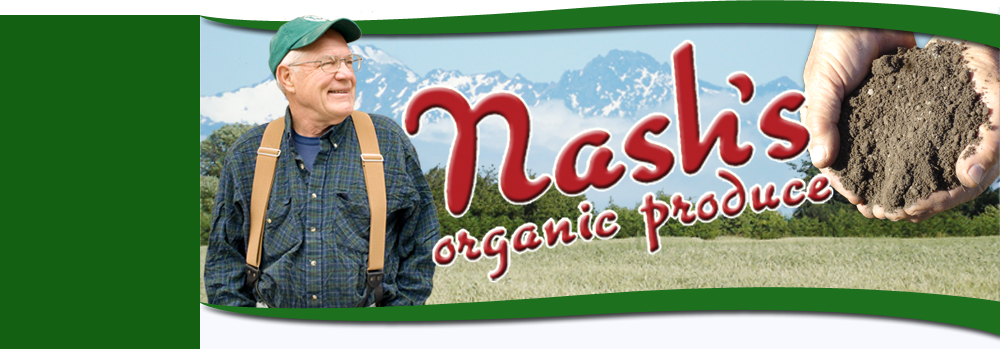
Before World War II, family farms didn't depend on a lot of cash. They produced what they needed and cash (from selling eggs and dairy products) was used to buy extras, like coffee and sugar. All the children participated in the work of the farm and the community joined together to handle large tasks like slaughtering hogs or constructing a barn. After World War II, however, American agriculture industrialized, thanks to government policy, cheap energy, and the trend towards an economy based on cash. Young people in rural areas were encouraged to go to college, become professionals, and leave the farm for the cities to become the new mobile work force required by industry.
To the victorious U.S. government, it was clear that the nation had to become an industrial superpower. From that perspective, there were too many "poor" people on the land, and the nation would be better off if they participated to a greater degree in the new industrial cash economy.
Many factors contributed to the movement away from family farms:
| * | Farmers were convinced by governments, land grant colleges, and corporations to focus on the crops we call now commodities (such as corn, soybeans, wheat, cotton) to get more cash to buy the cheap material goods flowing out of industry. |
| * | New machines and chemicals were developed to do the jobs that people had done before, like weeding and pest control. Some of the chemicals had been created and used during World War II. Their use liberated young people to either go to college or move to manufacturing jobs to get more money. |
| * | A massive interstate highway system enabled food to move long distances from where it was harvested or processed, fueled by cheap energy. |
| * |
Cheap fuel, mainly from the Middle East, fueled the mechanization of agriculture and became the basis for chemical herbicides, pesticides and synthetic fertilizers. |
| * | A massive interstate highway system was constructed to move food and goods long distances from where they were harvested or processed, fueled by cheap energy. |
In this new paradigm, a traditional family farm would definitely seem inefficient. Most people today live in urban areas and are dependent on food being shipped to them. But the vulnerabilities of the system are becoming more and more apparent. The U.S. now imports more than half the food it consumes from places like Latin America and Asia. As oil becomes more expensive and food safety comes into question, many people are having second thoughts.
Commodity crops, especially corn and soybeans, comprise the majority of what many Americans eat, because they are the basis for the ingredients in processed foods. This has consequences to our health that today are becoming apparent, even to the general population. The four major chronic diseases in the U.S. today — cancer, stroke, heart disease and diabetes — are all diet-related. And for the first time in human history, there are malnourished people who are obese from consuming empty calories from processed foods that are the culmination of the industrial food system.
People who are conscious of this history and concerned about the health of their families and the planet turn to organic, local food, wherever it can be found. The team at Nash’s strives to provide it to markets on the North Olympic Peninsula and the Puget Sound region.




